- Home
- Articles
- Architectural Portfolio
- Architectral Presentation
- Inspirational Stories
- Architecture News
- Visualization
- BIM Industry
- Facade Design
- Parametric Design
- Career
- Landscape Architecture
- Construction
- Artificial Intelligence
- Sketching
- Design Softwares
- Diagrams
- Writing
- Architectural Tips
- Sustainability
- Courses
- Concept
- Technology
- History & Heritage
- Future of Architecture
- Guides & How-To
- Art & Culture
- Projects
- Interior Design
- Competitions
- Jobs
- Store
- Tools
- More
- Home
- Articles
- Architectural Portfolio
- Architectral Presentation
- Inspirational Stories
- Architecture News
- Visualization
- BIM Industry
- Facade Design
- Parametric Design
- Career
- Landscape Architecture
- Construction
- Artificial Intelligence
- Sketching
- Design Softwares
- Diagrams
- Writing
- Architectural Tips
- Sustainability
- Courses
- Concept
- Technology
- History & Heritage
- Future of Architecture
- Guides & How-To
- Art & Culture
- Projects
- Interior Design
- Competitions
- Jobs
- Store
- Tools
- More
Unlocking Nature’s Secrets: Biomimicry in Architecture for Sustainable Design
Discover the transformative power of biomimicry in architecture, where nature inspires innovative and sustainable design solutions. This article explores how architects integrate natural strategies—like termite mound ventilation and self-healing materials—into modern structures to enhance functionality and aesthetics.
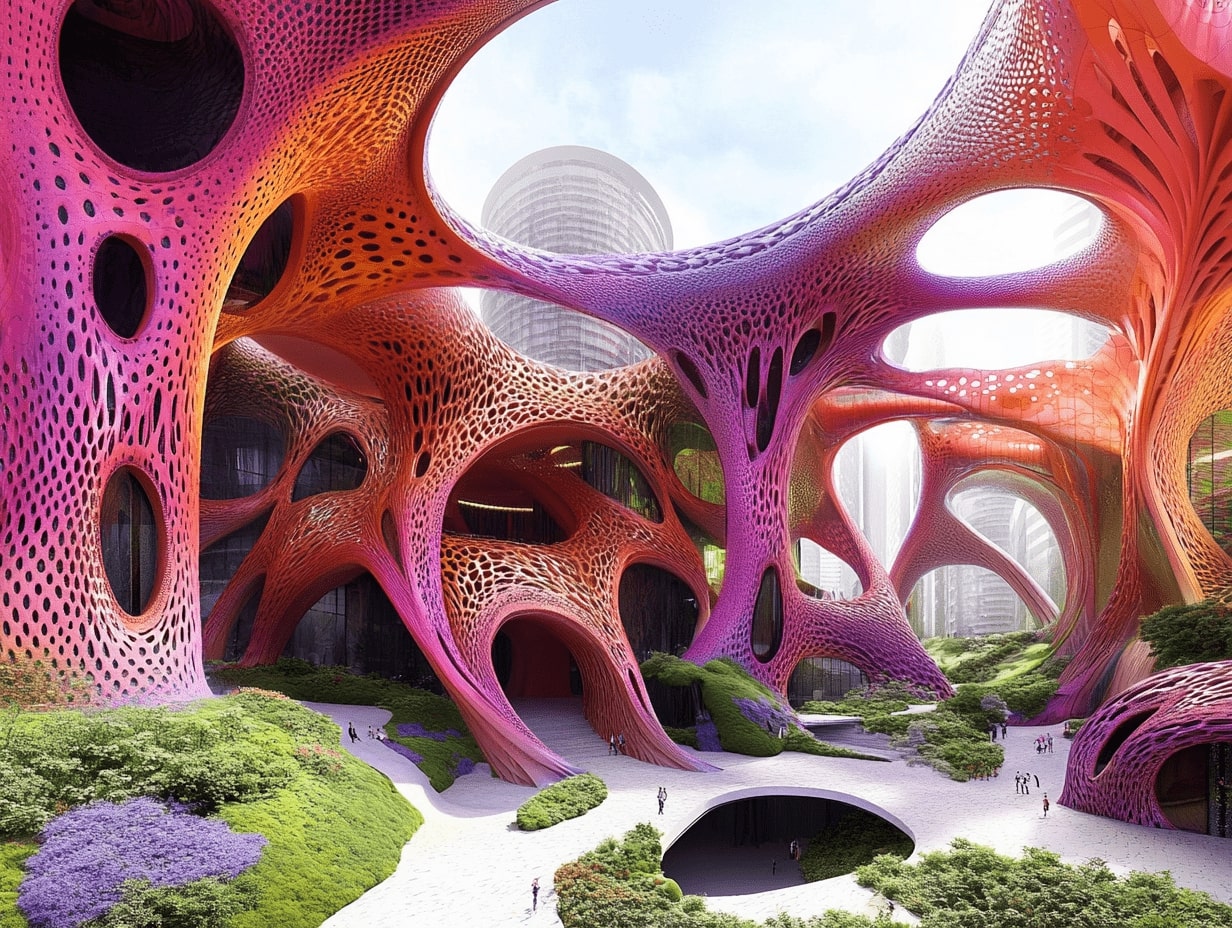
Nature has always been our greatest teacher, offering solutions to some of the most pressing challenges we face today. Biomimicry in architecture embraces this philosophy, drawing inspiration from the designs and processes found in the natural world. By studying how organisms adapt and thrive in their environments, we can create buildings that are not only functional but also sustainable and harmonious with their surroundings.
As we explore this fascinating intersection of nature and design, we’ll uncover how architects are transforming their approaches to create more efficient, resilient, and aesthetically pleasing structures. From energy-efficient systems inspired by termite mounds to self-healing materials mimicking the resilience of plants, the possibilities are endless. Join us as we delve into the innovative world of biomimicry and its potential to revolutionize the way we build for the future.

Table of Contents
ToggleUnderstanding Biomimicry in Architecture
Biomimicry in architecture involves drawing inspiration from nature to solve design challenges. This approach leads to sustainable, efficient buildings that blend seamlessly with the environment.

Definition and Principles
Biomimicry refers to the practice of emulating nature’s time-tested strategies and designs. Key principles include:
- Functionality: Nature’s adaptations solve problems efficiently, such as how bird nests regulate temperature.
- Sustainability: Nature operates within limits, promoting the use of renewable resources and waste reduction.
- Resilience: Natural systems exhibit resilience, adapting to changes, which informs designs that withstand challenges.
Historical Context
Biomimicry has roots in ancient architecture, where structures mirrored natural forms for functionality and durability. For example:
- Ancient Greece: The Parthenon’s columns reflect the shapes of plants for structural stability.
- Traditional Japanese: The use of wooden elements mimics trees, ensuring flexibility and harmony with nature.
Throughout history, architects have sought inspiration from the environment, paving the way for modern biomimetic practices today.
Applications of Biomimicry in Architecture
Architects increasingly leverage biomimicry to create innovative designs that enhance functionality and sustainability. We find numerous applications of this approach in notable structures and inventive solutions.

Case Studies of Notable Structures
- Eastgate Centre, Zimbabwe
Designed by architect Mick Pearce, this commercial building mimics termite mounds, which maintain a stable internal temperature. The facility utilizes natural ventilation to reduce energy consumption by up to 90% compared to conventional buildings.
- The Eden Project, UK
The biomes at the Eden Project resemble soap bubbles in structure, maximizing interior space while minimizing material use. This design promotes sustainable practices by creating controlled environments for diverse plant species.
- The Bosco Verticale, Italy
This residential complex features vertically stacked gardens inspired by forest ecosystems. The design fosters biodiversity, improves air quality, and enhances residents’ well-being, echoing nature’s benefits.
Innovative Design Solutions
- Self-Healing Materials
Inspired by the resilience of certain plant species, these materials incorporate microcapsules containing healing agents. When damaged, they activate to repair cracks, extending the lifespan of structures.
- Aerogel Insulation
Mimicking the insulation properties of animal fur, aerogel provides superior thermal performance with minimal weight. This material enhances energy efficiency, keeping buildings warm in winter and cool in summer.
- Sustainable Water Management
Techniques inspired by the natural filtration systems found in wetlands help manage stormwater effectively. These strategies reduce flooding and improve water quality, promoting ecological balance within urban environments.
Benefits of Implementing Biomimicry
Biomimicry offers numerous benefits, driving architectural innovation and fostering a deeper connection with the natural environment. By integrating nature-inspired solutions, we can enhance sustainability and functionality while creating visually captivating designs.

Sustainability and Environmental Impact
Sustainability stands as a primary benefit of biomimicry, promoting eco-friendly practices in architecture. Nature’s strategies minimize resource consumption, from energy-efficient cooling systems mimicking termite mounds to rainwater harvesting techniques based on natural landscapes. These innovations help reduce carbon footprints and reliance on non-renewable resources.
Recent studies indicate that buildings designed with biomimetic principles can cut energy use by up to 30%, supporting a holistic approach to sustainable living. Additionally, materials such as mycelium and recycled composites, inspired by natural processes, contribute to waste reduction and environmental preservation.
Enhancing Functionality and Aesthetics
Integrating biomimicry into architectural designs enhances both functionality and aesthetics. Nature provides solutions that optimize building performance while ensuring visual appeal. By analyzing natural forms and functions, we create structures with improved airflow, natural lighting, and thermal regulation.
For example, the Eden Project’s geodesic domes blend functionality with striking designs, maximizing space and incorporating energy efficiency. Similarly, incorporating natural elements like vertical gardens improves air quality while providing visually compelling landscapes. These combinatory benefits create buildings that are not only practical but also resonate more profoundly with their surroundings.
Challenges in Adoption
Biomimicry in architecture faces several challenges that can hinder its widespread adoption. Key obstacles include technological limitations and cultural and regulatory barriers.

Technological Limitations
Innovating biomimetic designs often requires advanced technologies that may not yet be fully developed or accessible. We encounter challenges like the lack of efficient modeling tools to simulate complex biological processes. For instance, energy-efficient systems inspired by termite mounds necessitate sophisticated simulations to predict airflow dynamics accurately. Additionally, materials such as self-healing concrete or mycelium-based composites lack extensive testing for long-term durability and performance. These limitations can deter architects and builders from pursuing biomimetic approaches.
Cultural and Regulatory Barriers
Cultural perceptions and regulatory frameworks also impede the integration of biomimicry in architecture. Traditional building practices dominate many regions, often leading to resistance against innovative design principles. Familiarity with conventional methods can overshadow the potential benefits of biomimetic solutions. Furthermore, regulatory hurdles, such as building codes and zoning laws, may not accommodate the uniqueness of nature-inspired designs. These constraints can complicate the project approval process and slow the implementation of sustainable innovations, making it challenging for architects to adopt biomimicry effectively.
Future Trends in Biomimicry in Architecture
The future of biomimicry in architecture shows exciting possibilities driven by innovations and urban integration. We anticipate significant advancements in technology and design that enhance our connection to nature.

Emerging Technologies
Emerging technologies play a crucial role in advancing biomimicry in architecture. We utilize advanced simulation software that mimics biological processes, enabling architects to model and experiment with nature-inspired designs. Digital fabrication techniques, such as 3D printing, allow us to create intricate structures based on natural forms at unprecedented speeds and efficiencies. These technologies lead to the development of smart materials that adapt to environmental changes, improving functionality and sustainability. For instance, researchers design self-healing concrete that regenerates when damaged, effectively extending the lifespan of structures. Such innovations indicate the merging of biological principles and cutting-edge technology, paving the way for a more sustainable architectural future.
Potential for Urban Development
Biomimicry holds significant potential for urban development, transforming how we design and construct city environments. We draw inspiration from natural ecosystems to develop urban designs that promote biodiversity and sustainability. By integrating green roofs and vertical gardens, we can create urban habitats that support wildlife while improving air quality. Utilizing water management systems modeled after natural wetlands enables us to address stormwater runoff effectively, reducing urban flooding. Additionally, the concept of biophilic design encourages us to incorporate natural elements into urban spaces, fostering mental well-being. As cities face rapid growth, biomimicry will play a pivotal role in designing resilient, adaptive urban spaces that harmonize with nature.
Conclusion
Biomimicry in architecture presents a transformative approach to design that draws from nature’s wisdom. By studying natural organisms and their adaptations, we create buildings that are both functional and sustainable, aligning with ecological principles. The integration of biomimetic strategies enhances the resilience of structures, offering efficient solutions to modern challenges.
Notable examples, like the Eastgate Centre and Bosco Verticale, illustrate the effectiveness of nature-inspired designs. Such innovations not only reduce energy consumption but also promote biodiversity and improve overall aesthetics. Utilizing materials like mycelium and recycled composites reflects our commitment to sustainability while addressing environmental concerns.
Despite the challenges we face, such as technological limitations and regulatory hurdles, the future of biomimicry in architecture is promising. Advancements in technology, including simulation software and 3D printing, allow us to explore new possibilities. Urban environments stand to benefit from designs that emphasize green infrastructure and biophilic elements, contributing to improved well-being for city dwellers.
Embracing biomimicry leads to a deeper connection between architecture and nature, fostering a harmonious relationship that enhances our living spaces.
- architecture inspired by nature
- bio-inspired buildings
- biomimetic design in architecture
- biomimicry for sustainable development
- biomimicry in architecture
- Biophilic Design in Architecture
- climate-responsive architecture
- cutting-edge sustainable design.
- eco-architecture trends
- eco-conscious architectural design
- eco-friendly building designs
- environmentally friendly building
- green architecture solutions
- innovative building design
- integrated sustainability in architecture
- modern sustainable architecture
- natural architecture ideas
- nature-based architectural solutions
- nature-inspired architecture
- nature-inspired sustainable design
- nature-mimicking architecture
- Sustainable Design
- sustainable urban design
I create and manage digital content for architecture-focused platforms, specializing in blog writing, short-form video editing, visual content production, and social media coordination. With a strong background in project and team management, I bring structure and creativity to every stage of content production. My skills in marketing, visual design, and strategic planning enable me to deliver impactful, brand-aligned results.
Submit your architectural projects
Follow these steps for submission your project. Submission FormLatest Posts
What are Biodomes?
Biodomes are transforming architecture by blending ecological science with advanced design to...
The Quiet Revolution of Biophilic Design
Biophilic design is reshaping homes, workplaces, and cities—backed by evidence. Learn core...
Sustainable Solutions in Contemporary Architecture: From Passive Design to Clean Energy
Sustainable solutions in contemporary architecture: a practical playbook to hit net-zero, cut...
Sustainable Coastal Construction: Building Resilience Where Land Meets Sea
Sustainable coastal construction expert guide: plan, design, and build resilient shorelines with...




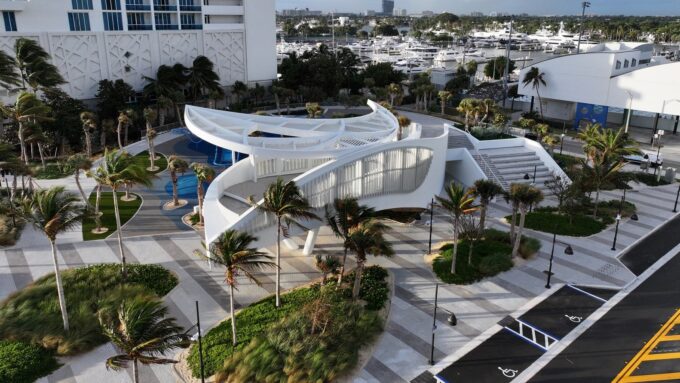


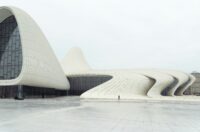
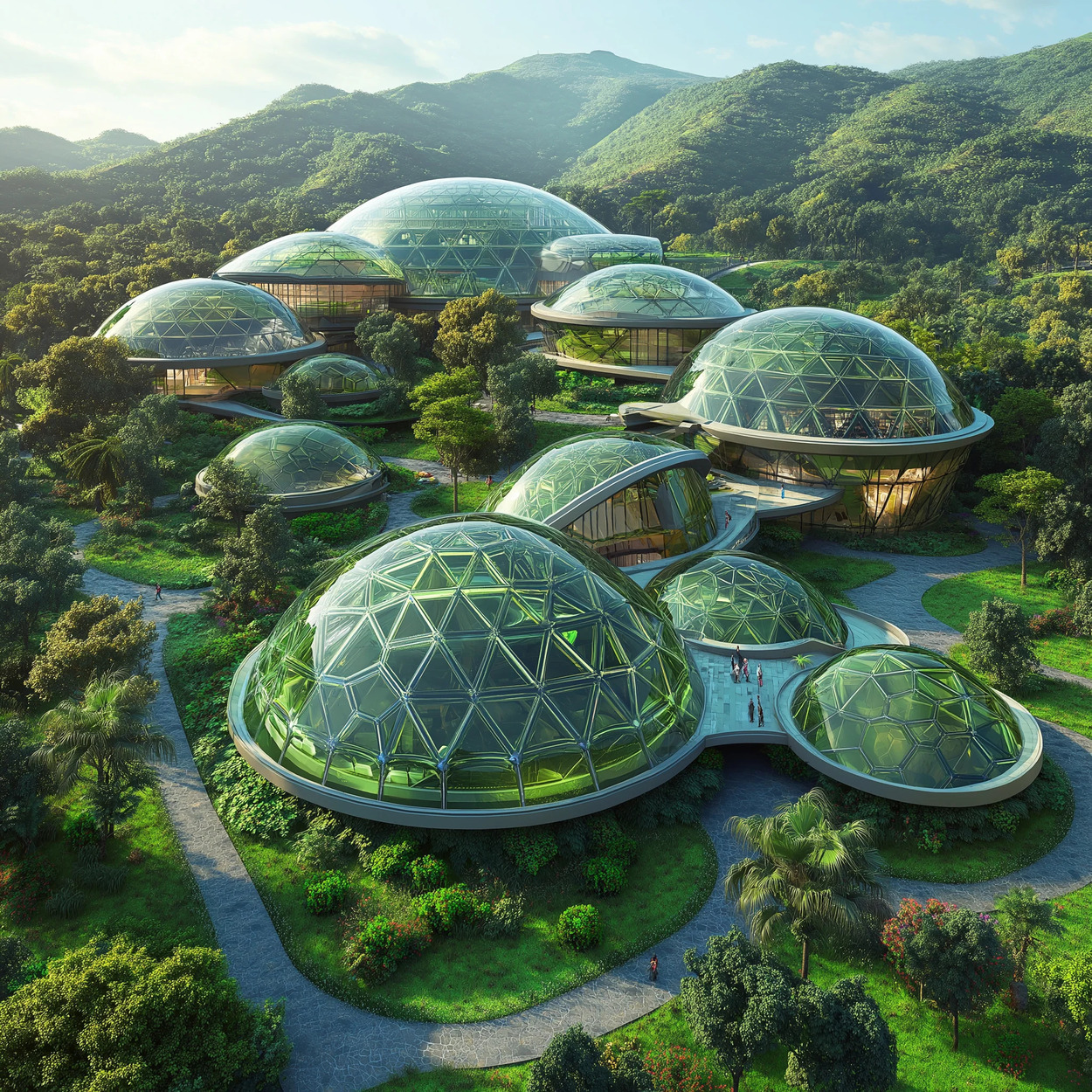

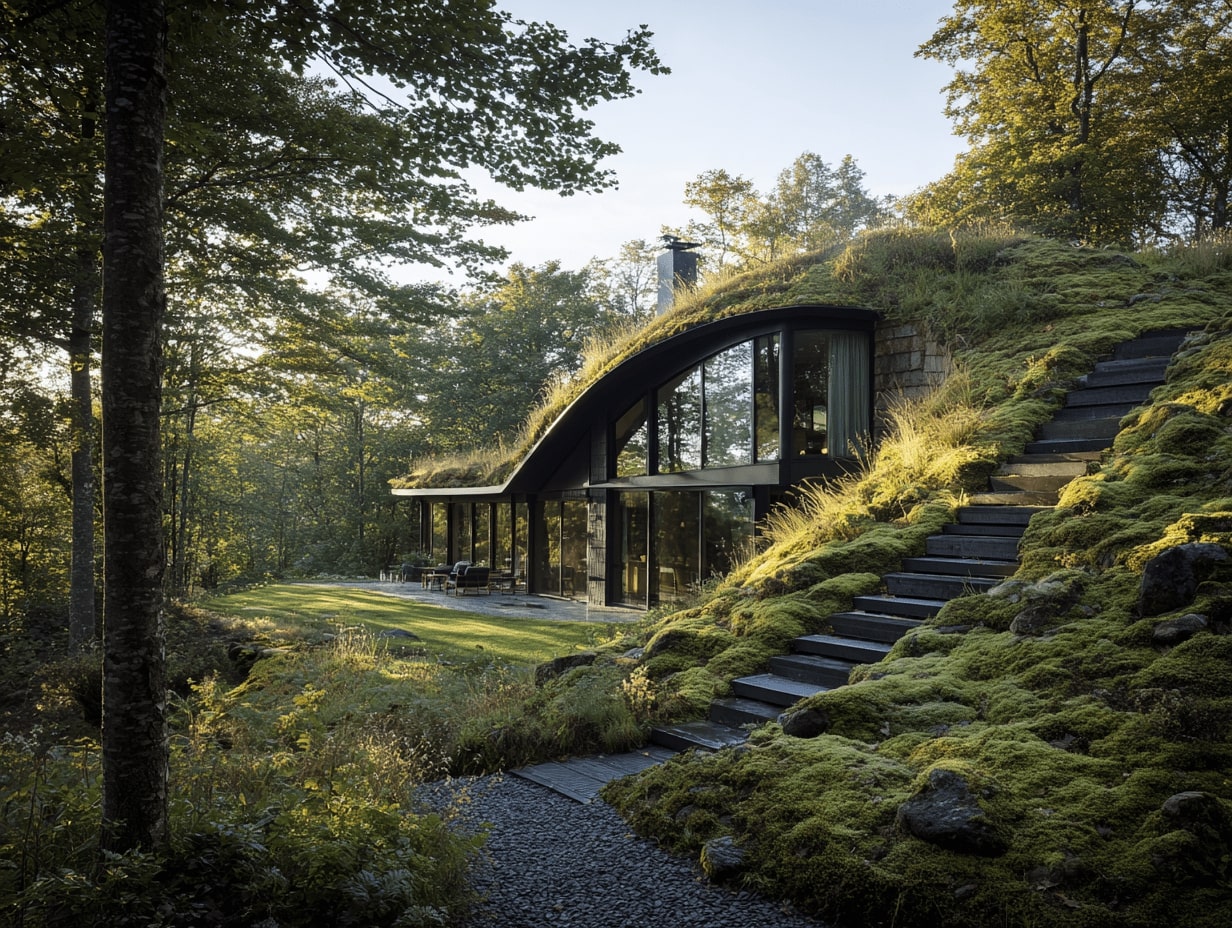

Leave a comment